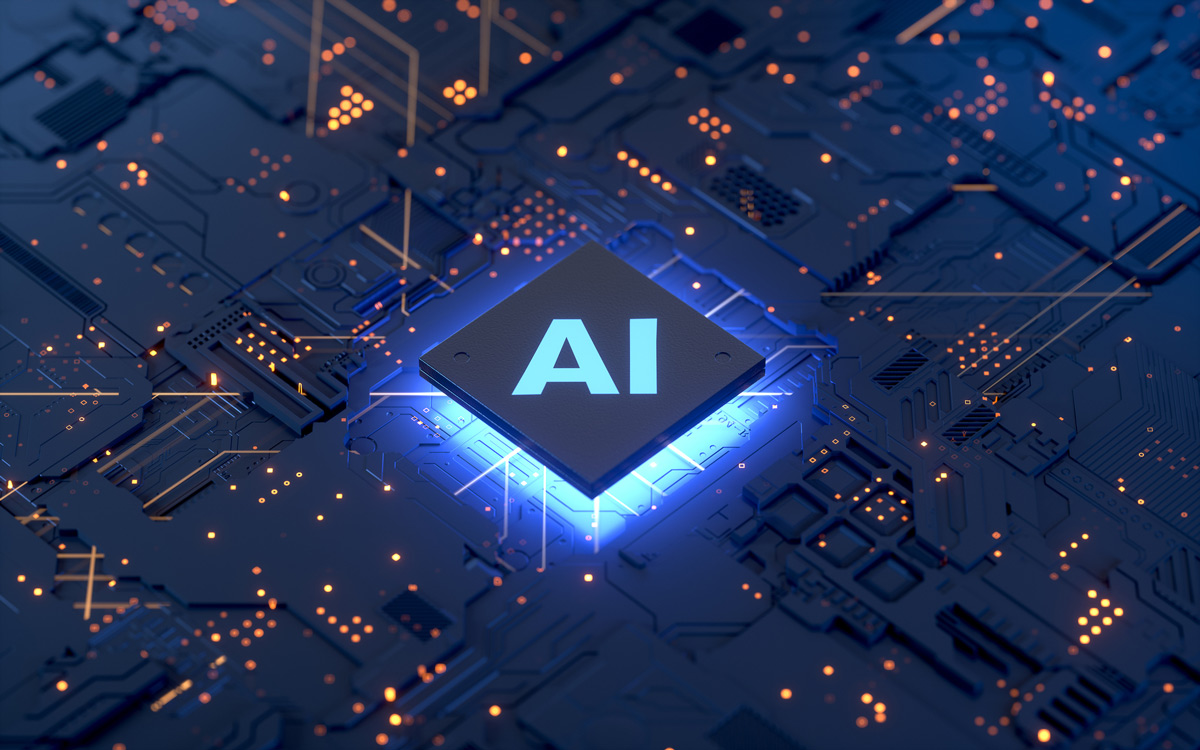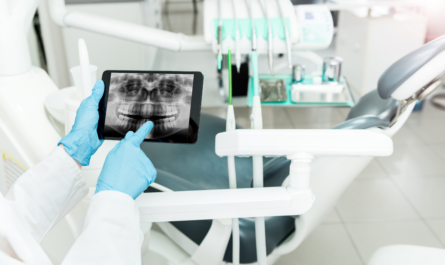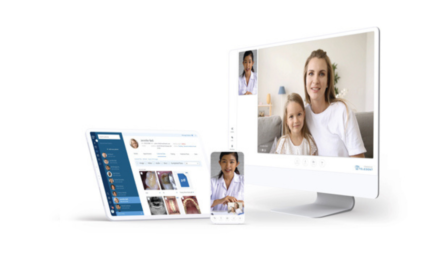DSOs have the data. With artificial intelligence, they can put it to good use.
Artificial intelligence is the science and engineering of making intelligent machines, especially intelligent computer programs, says the U.S. Food and Drug Administration.
How do those machines get so smart? By collecting, annotating and analyzing data. Lots of it. The kind and amount of data that some DSOs are capable of generating.
“Data tells a story,” says Seth Gibree, DMD, FAGD, senior director of clinical advocacy for Heartland Dental. “It is used to analyze trends and identify potential issues and patterns of behavior – positive and negative. Obviously, the amount of data that exists is growing by the minute.”
DSOs can potentially play a big role in helping develop artificial intelligence platforms because of the amount of data that is accumulated every day, says Dr. Gibree. Heartland Dental provides non-clinical administrative support to a network that spans 37 states, with more than 1,000 supported offices and more than 1,600 supported doctors. “The more data a dental support organization has access to, the more valuable and useful we can be to strategically improve our support for the doctors and teams.”
Is it enough data to justify building their own platform?
“I think it’s possible – but very challenging – to build one’s own AI platform,” he says. “It all goes back to, What is your area of expertise? Ours at Heartland Dental is to support doctors and their teams as they deliver the highest quality dental care and experiences to the communities they serve. We would not build our own. Ideally, having strategic partners in a mutually beneficial relationship would be best.”
Possibilities, challenges
Regardless of how DSOs resolve the make-or-buy decision, what isn’t up for discussion is the potential role AI can play in dentistry.
“There could be many benefits for applying AI-based diagnostic assistance to clinicians,” says Dr. Gibree. In minutes, AI can review the amount of information a typical dentist sees over the course of their whole career. “Exponentially move out that ability to learn, and the possibility arises of highly reliable, predictable diagnosis assistance. Ultimately, it is still up to the clinician … to determine whether to proceed with treatment based on numerous factors, one of which would be predictive AI interpretation.”
The
potential clinical applications of AI are appealing, including the ability to
automatically chart levels of disease and bone loss based on radiographs and
intraoral scans, he says. AI can also lead to more predictable, medically based
treatment planning, determined by clinical presentation along with medical
history and specific medical conditions, when added to the clinical judgment of
dentists. For labs, it can mean better design of crowns, margin marking and
material selection.
Applications for the non-clinical support that Heartland Dental provides are plentiful as well, says Dr. Gibree. They include:
- Support with patient communications.
- Marketing support.
- Discussions on establishing ideal office hours to meet the needs of the community.
- Scheduling assistance.
- Insurance verification and approval assistance.
- Support with payment/billing of office patients and insurance companies.
- Supply management and ordering assistance.
- Collaboration on measuring patient experience.
- Payroll support.
- Time management assistance
Of course, change won’t occur overnight, he says.
“Change is always difficult, but it is the one constant in life. Predictability and accuracy of the AI is necessary, first. It cannot be set up for failure from the beginning. Workflow implementation, trialing and evaluation are critical to future acceptance. If it doesn’t make things better for the doctors and their team, or the patients, then adoption will be very challenging. It must make things easier.”
Heartland Dental is currently evaluating numerous AI companies and products, and is working on pilots of different concepts, says Dr. Gibree. “We are evaluating AI and how it can potentially assist our supported doctors and their teams as they deliver the highest quality dental care and experiences.
“I think it’s important to understand that this is still emerging technology,” he concludes. “Yes, there is lots of growth and possibility, but it is still early. We are working to understand the landscape at a high level, along with evaluating real-world applications and potential best practices for implementation. Finding strategic partners will be critical for long-term success and acceptance.”
Sidebar 1:
Terms to know
Artificial Intelligence. The science and engineering of making intelligent machines, especially intelligent computer programs. Artificial intelligence can use different techniques, including models based on statistical analysis of data, expert systems that primarily rely on if-then statements, and machine learning.
Machine Learning. An artificial intelligence technique that can be used to design and train software algorithms to learn from and act on data.
“Locked” algorithms. Algorithms that don’t continually adapt or learn every time they are used.
Algorithm Change Protocol, or “Predetermined Change Control Plan.” Proposed plan by FDA that would include the types of anticipated modifications—referred to as the “Software as a Medical Device Pre-Specifications”—being used to implement changes in a controlled manner that manages risks to patients. In this approach, the FDA would expect a commitment on transparency and real-world performance monitoring for artificial intelligence and machine learning-based software as a medical device, as well as periodic updates to the FDA on what changes were implemented as part of the approved pre-specifications and the algorithm change protocol.
“Adaptive” or “continuously learning” algorithms. Machine-learning algorithms that can learn from new user data presented through real-world use. They don’t need manual modification to incorporate learning or updates.
Software as a Medical Device. Software intended to be used for one or more medical purposes that are not part of a hardware medical device. It can be used across a broad range of technology platforms, including medical device platforms, commercial “off-the-shelf” platforms, and virtual networks, to name a few.
Source: U.S. Food and Drug Administration
Sidebar 2:
AI: Something new for FDA
Dental providers aren’t alone in their questions about artificial intelligence. The U.S. Food and Drug Administration has a few of its own.
That’s because the old rules for medical and dental device regulation – which have been around since the 1970s – don’t apply anymore, says Zach Rothstein, vice president, technology and regulatory affairs, Advanced Medical Technology Association, or AdvaMed.
“In terms of regulation, the most unique aspect of AI, or machine learning, is that it can continuously learn,” he points out. “The inputs it receives in the field inform future outputs. The question is, ‘How do you truly allow for that continuous learning aspect of the device to occur?’”
Thus far, the FDA has handled the question by granting marketing clearance for AI-based products that are essentially “locked,” says Rothstein. Their algorithms are typically based on thousands of data points – which make them very smart indeed. But they haven’t been FDA-cleared to get any “smarter” in the field. In other words, they are prevented from continuously learning.
FDA is trying to re-imagine its approach to AI-based devices by adopting a “change management protocol,” which would establish parameters that would allow devices to continuously learn in the field. “Without that, things have to be locked,” says Rothstein. “If a developer wants to update the software of an AI device based on input received from the real world, the developer has to go back to the FDA for marketing clearance.”
In April 2019, then-FDA Commissioner Scott Gottlieb announced that FDA was exploring a framework that would allow for modifications to algorithms to be made from real-world learning and adaptation.
The agency is probably a few years away from figuring all this out, says Rothstein. Congressional legislation may be required for some of the changes being considered.





